Landmark map of the American West by Duflot de Mofras, with period annotations.
Carte de la Cote de L’Amérique sur l’Océan Pacifique Septentrional le Territoire de l’Orégon, les Californies, la Mer Vermeille, Partie des Territoires de la Compagnie de la Baie d’Hudson, et de l’Amérique Russe.
Out of stock
Description
Listen to a short introduction of this map:
A pioneering map compiled by French diplomat and spy Eugène Duflot de Mofras during the contest for control of the American West, complete with exciting period annotations by French prospectors.
In the early 1840s, the American West Coast was very much up for grabs: Mexico had already lost Texas, and its administration of California was shambolic; Americans were pushing steadily westward in ever-greater numbers; Britain lay claim to much of the Oregon Country while the tentacles of the Hudson’s Bay Company reached as far as California; and Russia had established settlements as far south as the Ross Colony in modern-day Sonoma County.
Sensing an opportunity, France sent young diplomat Eugène Duflot de Mofras (1810-1884) on a fact-finding tour—or as some suggest, an espionage mission—to California and the Oregon Country, “in order to ascertain, independently of a political point of view, what advantage might be offered to our commerce and to our navigation by mercantile expeditions, and the establishment of trading-posts in those regions still little known to France.” (de Mofras, Explorations, quoted by Bancroft, p. 248).
In the course of his travels, Duflot de Mofras covered a huge amount of ground, from Mexico City to the Bay Area and as far north as Fort Vancouver on the Columbia River. He also had extraordinary access, traveling at times with A.G. Rotchev, the Governor of the Russian Colony, and George Simpson, Governor of the Hudson Bay Company, and establishing cordial relations with Charles Wilkes and John Sutter, among others. With this wealth of first- and second-hand information and drawing on previous work by Lewis & Clark, Stephen Long, John Arrowsmith, and no doubt others, he compiled this extraordinary map. It was published in 1844 and offered both separately and in the atlas volume of his Exploration Du territoire de l’Orégon, des Californies et de la mer Vermeille.
Map details
De Mofras’ map covers a vast area bounded roughly by Hudson’s Bay, the southwest coast of Mexico, and the southeastern coast of Alaska. He has packed his work with a staggering and apparently meticulous array of topographic, toponymic, and political detail. A full treatment is simply not possible here, so we highlight just a few of the more interesting elements.
First, de Mofras does his best to account for territorial claims by the United States and European powers, including the vast stretch of Canada controlled by the Hudson’s Bay Company, the border between the United States and Mexico as defined by the 1819 Adams-Onis Treaty; the boundaries in western Canada negotiated between Russia and the United States (1824) and Great Britain (1825); a rather restrained treatment of then-independent Texas; and the huge, disputed Oregon Territory, with conflicting boundaries as proposed by the United States and Great Britain in 1814 and 1826. Of particular interest is the Russian Colony in northern California, established by the Russian-American Company in 1812 and sold to John Sutter in 1841. De Mofras visited the Colony during his mission, and this is the first careful treatment of it on a published map.
Second, de Mofras pays much attention to routes of exploration and travel, with the major ones highlighted in red. Among these we find the “Route de Lewis et Clark”, the “Route par eau des Americains des Etats Unis au Rio Colombia”, the “Route des caravans de la cie des fourrures” (an apparent reference to John Jacob Astor’s Southwest Fur Company), the “Route des Americains des Etats Unis en Californie”, and “Route des Wagons des Etats-Unis”. One route worth noting, if nothing else because its presence underscores the meticulousness of de Mofras as a mapmaker, is the “Route des Chariots des Etats-Unis.” Running east-west and passing through Santa Fe, and later known as “The Old Spanish Trail”, this connected northern New Mexico with Southern California prior to the construction of the Southern Pacific Railroad. Wheat suggests that this is the first time this route appears on a printed map, though de Mofras places it too far to the south.
Third, we find numerous references to the Native American presence in the region. In most cases, these are simply attestations to which tribe roams which areas, but there are also many instances in which important cultural information is conveyed. For example, we see references to the Sampiche and Moquis tribes as sedentary agriculturalists, living in wooden houses and tilling the soil. Conversely, the barren deserts of Chihuahua are described as a haven for local Indian tribes, to which they would withdraw after raids. In the Sierra Nevadas, the tone is somewhat different. While the native peoples are mentioned, it is usually in relation to practical matters such as trade and encampment.
Finally, in the context of his mission to identify opportunities for commercial exploitation, we note Mofras’ enthusiasm for California, where he has inserted a number of notes, including this long one in the Central Valley:
“This immense valley, between the Sierra Nevada and the Californian mountains, is watered by small rivers and filled with freshwater lagoons full of fish. This country is even more beautiful than the inhabited part of California; its climate is milder, it presents fertile grounds, superb timber, and vast prairies where herds of Deer, antelopes, bulls, and wild horses.” (rendered from French by Google Translate)
In all, de Mofras’ map offers innumerable opportunities for further research; it is so densely labeled that a thorough treatment would necessitate volumes. While he clearly drew on early work by Lewis & Clark, Stephen Long, John Arrowsmith, and no doubt others, there had to be very few men alive at the time capable of weaving them together with so much information gathered first-hand.
Contemporary notations bring the map to life
De Mofras’ map, of course, predates the California Gold Rush by several years, and his interests generally lie elsewhere than mining. In several places along the alluvial fan of the Gila River, however, he adds notes emphasizing the rich gold deposits present there and the possibility of finding nuggets as large as ten kilos. And indeed, though they were not his target audience, this copy of the map features annotations by one or more adventurous French prospectors seeking their fortunes in the New World. These indicate that he (or they) were engaged in at least two prospecting missions in the ore-rich region of southwest Albuquerque, heading out the first time from near Mexican Monterey in 1849 and apparently again from Mexico City the following year. Their annotations sketch out the prospecting routes they took and, in one case, extend to the California coastline near Los Angeles.

These personalized annotations add a new layer of meaning and collectability to de Mofras’ iconic masterpiece. The notes bring it to life in a way that is rarely accomplished from formal charts such as this one. In several places, “argent” (silver) and “or” (gold) are written prominently in pencil along the prospecting route, near the village of Arizona just south of the Gila River, while “or” is inscribed in gold ink on either side of the River. The prospector’s optimism jumps off the page even now, nearly 200 years later.

De Mofras’ tour of California and Oregon, 1841-42
Formally, de Mofras was part of the French diplomatic presence in Mexico City, having been stationed there in 1839. But his posting came with an intelligence brief to explore Mexico’s northwest regions. The official reason for embarking on such a perilous journey up the Californian coast was to investigate mercantile opportunities in a land still largely controlled by Spanish missions and populated primarily by indigenous peoples and occasional fur traders and prospectors. All true, but he was also to reconnoiter and assess the relative strengths and weaknesses of the various stakeholders in the region.
In 1840, de Mofras initiated his great tour. He began by visiting Jalisco, Colima, Sinaloa, and Sonora and then sailed from Mazatlán to California’s Monterey in May 1841. From here, he continued, in the company of Commandant Mariano Guadalupe Vallejo, to the Russian settlement at Fort Ross, just north of San Francisco.

He returned to Monterey in July 1841 to escape the heat of the summer but resumed his travels in early September when he sailed up the Sacramento River with A.G. Rotchev, the commander of Fort Ross. Their destination was New Helvetia, where de Mofras met with John A. Sutter, a Swiss entrepreneur who would become of one the most influential and defining businessmen in the history of California. After his meeting with Sutter, de Mofras continued on to San Jose, Santa Cruz, and San Francisco before traveling to Fort Vancouver, an outpost of the Hudson’s Bay Company. He returned to San Francisco with Hudson Bay Company Governor Sir George Simpson. In January 1842, de Mofras sailed via Santa Bárbara to San Diego, then returned to Mexico. Two years later he published this map and the Exploration Du territoire de l’Orégon, des Californies et de la mer Vermeille.
The abundance of information collected by de Mofras collected on his long tour made his map one of the most accurate and densely informative of its time. Moreover, published in Paris, it became the first major chart of the American West that was intended for and seen by a European audience. While the French never had the strength or real opportunity to vie for power in California, the map did become a primary source for European mapmakers trying to produce reliable maps for gold seekers in California and Oregon a few years later.

*Owned in partnership with Boston Rare Maps.
Cartographer(s):
Eugène Duflot de Mofras was a French diplomat, traveller, cartographer, and intelligence operative. He was stationed in Mexico City and traveled to California between 1840-42.
Condition Description
Segmented and recently re-backed with a sheet of antique linen, original map seller’s label re-affixed to verso. Outline and wash color.
References
For the map: Phillips, Maps of America, p. 642; Rumsey #4119; Wheat, Trans-Mississippi West, #474. For the Exploration: Graff #1169; Howes, U.S.-Iana, #D452; Sabin #2114; Streeter #3323.
Background from:
Bancroft, Hubert Howe, The Works of Hubert Howe Bancroft. Volume XXI. History of California. Vol. IV. 1840-1845 (San Francisco: The History Company, 1886), pp. 248-253.
Duflot de Mofras, Eugène, Exploration du territoire de l’Orégon, des Californies et de la mer Vermeille, exécutée pendant les années 1840, 1841 et 1842. Arthus Bartrand: Paris (1844).
Hayes, Derek, Historical Atlas of California – with original maps. University of California Press: Oakland (2007).
Wilbur, Marguerite Knowlton, translator and editor, Duflot de Mofras’ Travels on the Pacific Coast (1937), Preface.
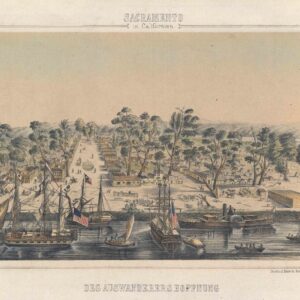
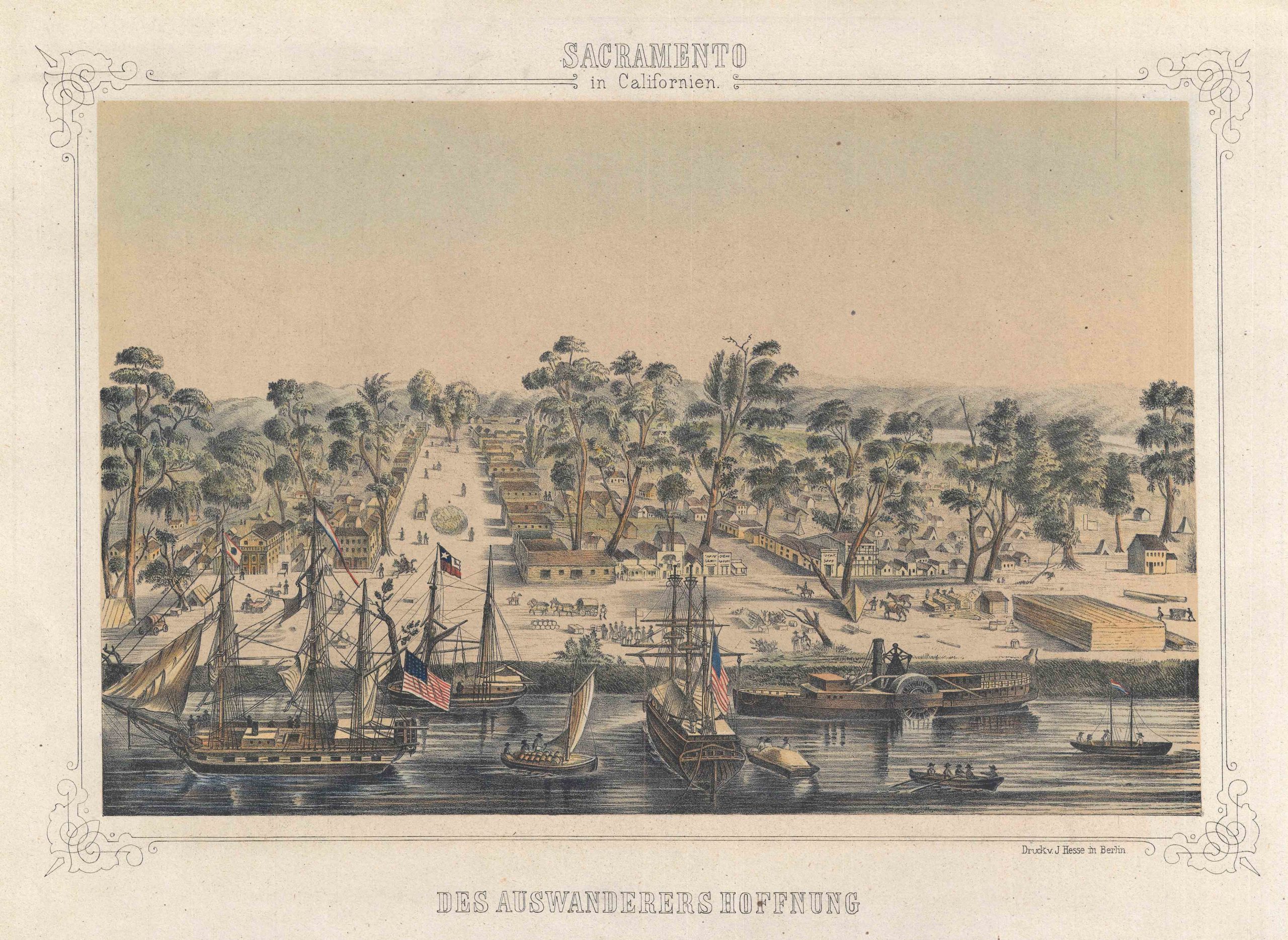

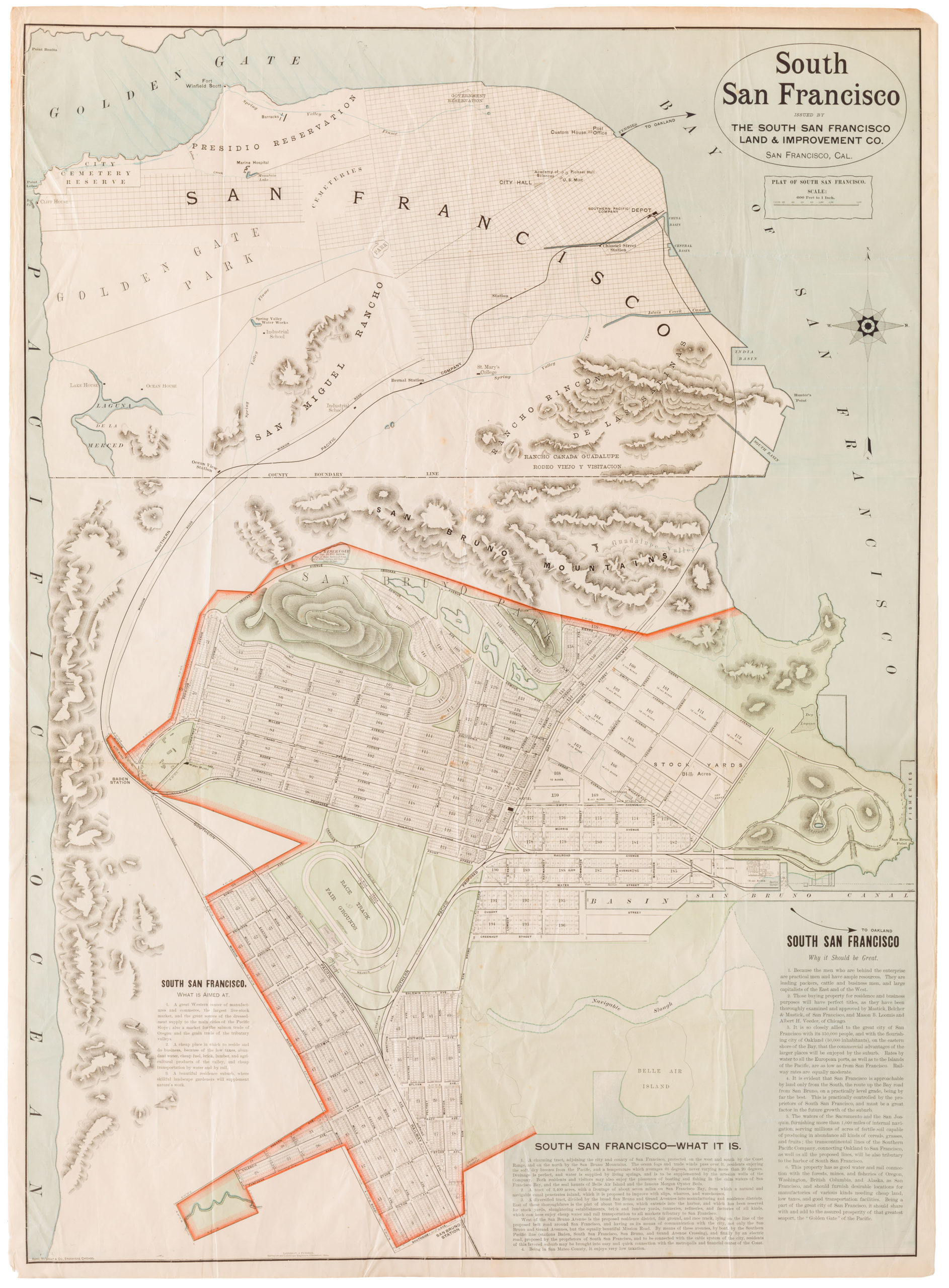
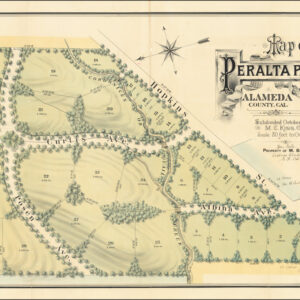
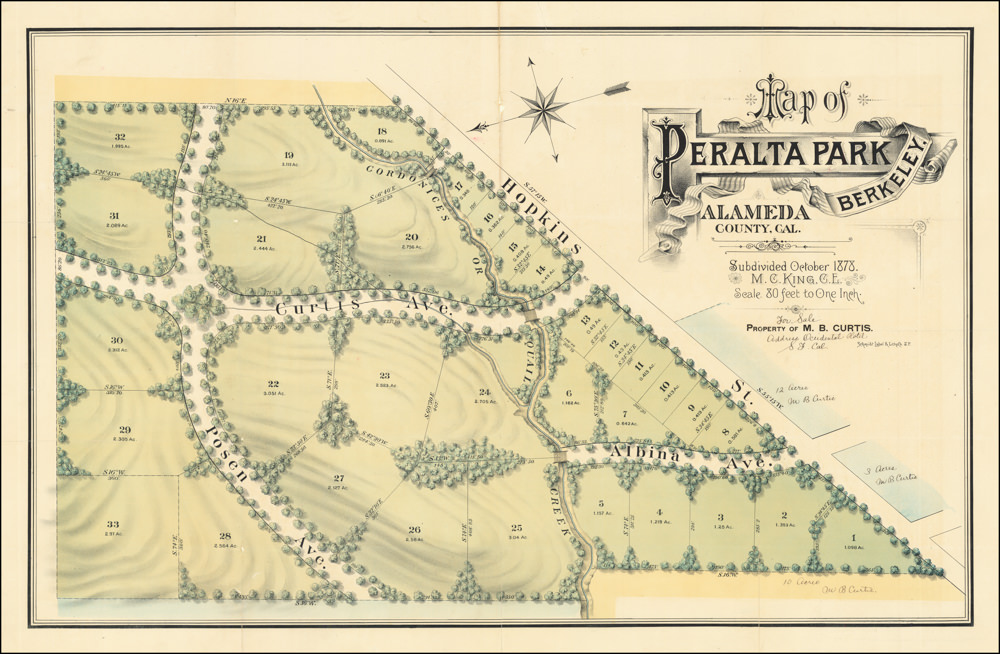
![Flag Map of California [Signed in pencil by W.J. Goodacre]](https://neatlinemaps.com/wp-content/uploads/2022/01/NL-01134_thumbnail-scaled-300x300.jpg)
![Flag Map of California [Signed in pencil by W.J. Goodacre]](https://neatlinemaps.com/wp-content/uploads/2022/01/NL-01134_thumbnail-scaled.jpg)